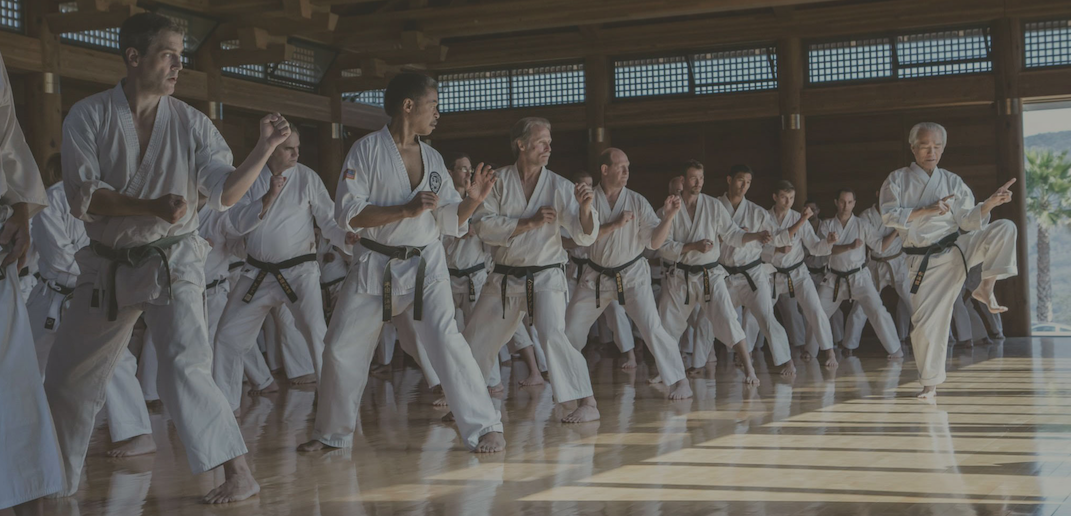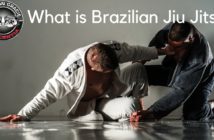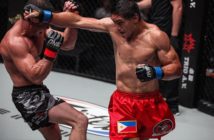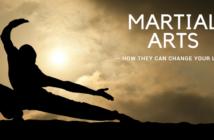by Phillip Starr
The study and practice of martial arts
In the study and practice of martial arts everything should be learned progressively, one step at a time. In the beginning, novices are introduced to basic techniques and a few fundamental principles. Those who persevere will be taught additional principles, which give birth to additional techniques and movements. The few who are genuinely interested in learning will strive to understand how each (new) principle applies to the forms and techniques that they have been taught. Good instructors will assist them in doing this. And so it goes. For a lifetime.
Even after their teachers are gone and they themselves may have become teachers, they will continue to study and realize new principles that can, and often do, change the way they see and practice their forms and techniques. This idea is applicable to many fields of endeavor…not just martial arts. Consider how it applies to mathematics, music, and various other subjects.
You don’t know what you don’t know
I sometimes tell senior students, “You don’t know what you don’t know.” This is another way of saying, “The more you learn, the more you can learn.” For instance, it is said that most, if not all, forms contain a variety of joint twisting and grappling techniques. These techniques are often concealed beneath a layer of other movements, which act as a sort of “camouflage.” However, unless you are familiar with a fairly wide variety of such techniques you’ll never “see” them. You don’t know what you don’t know.
Once you find them, the way in which you execute a given form may change a bit. Remember that forms are the “books” that contain all relevant information about a particular system. But if you can’t read, books are of little use. If your reading ability is very basic the books may prove useful, but only to a very limited degree. This is why I disdain Bruce Lee’s terrible piece of advice; to “discard what is useless, keep what is useful, and add what is specifically your own.” You don’t know what is useless. You don’t know what you don’t know. Neither did Mr. Lee. And, by the way, he actually did practice forms quite regularly.
Do you recall your first form?
Those of you who study karate or taekwondo will readily recall your first form, pinan (or heian) shodan (or nidan, depending on the system you train), or chonji. And what is the first movement? You step to the left and perform a low block, right? And you were probably told that is was a defensive blocking technique that is applied against an aggressor who is standing to your left, right?
Not.
There are a number of “red flags” that fly up here:
Why on earth are you advancing into an attack? That’s pretty foolish, isn’t it?
If you advance, your block is going to hit his thigh…and he’ll manage to kick you, anyway!
If you advance to perform a block, how will you manage to apply the second technique (which is a lunging punch)? You’ll be way too close to do that! The distance factor is completely fouled.
You don’t know what you don’t know. Those of you who are wise will pick up a copy of my book, “Hidden Hands”, to find out how to discover the answer to this question and many others. It will teach you how to “read” your forms and it might just change the way that you perform (and appreciate) all of your forms.
Master the principles
Besides learning the obvious, outer movements of the form, you must also seek to master the principles upon which they are based. Principles are more important than learning a ton of really cool techniques. But principles must be learned progressively. You cannot learn advanced principles until you thoroughly understand and can perform the more basic ones with a high level of skill. Understanding them intellectually is one thing; being able to physically perform them is another.
Actually, you cannot really understand them until you can perform them masterfully. Oftentimes, students mistakenly think that they understand them but their error is made clear when they attempt to apply them to their techniques and movements. We can compare this to learning how to apply the brakes of your car. When you were first learning to drive you were told that in order to stop or slow down you simply had to depress the brake pedal. The first time you did this, both you and your instructor probably discovered that although you thought you fully understood the principle, you really didn’t…and you couldn’t skillfully perform that basic movement, either. If you had your seat belts fastened, they probably saved both of you from going through the windshield!
Maybe you’ll master it
Eventually, you got the hang of it but consider how long it took you to master this simple action! It took a while but now you can apply the brakes and slow down easily without giving yourself a whiplash, right?
And so it is with your martial arts. You may think you understand a given principle but you really don’t. It takes lots of practice (the translation of this is, lots of sweat) over a period of time. This is the meaning of “gongfu” or more commonly, “kung-fu.” And until you master the basic principles, you cannot really grasp the more advanced principles. In fact, until you have acquired a pretty fair level of skill with the basic principles, you’re physically incapable of performing more advanced movements and principles! It’s like going from basic mathematics to calculus. It has to be learned in stages and you can’t hurry the process. If you can barely add and subtract, you’re going to have lots of trouble learning division, trigonometry, and nuclear physics…
So, study and train deliberately and pay attention. Go step by step. Principles can be learned from a variety of teachers and arts. I’m a kung-fu stylist but I have been most fortunate to have studied under some of the finest karate masters of the last century. I will be the first to stand up and say that they taught me a great deal about my kung-fu and I am forever in their debt.
You’re never too old or too highly skilled to learn.




